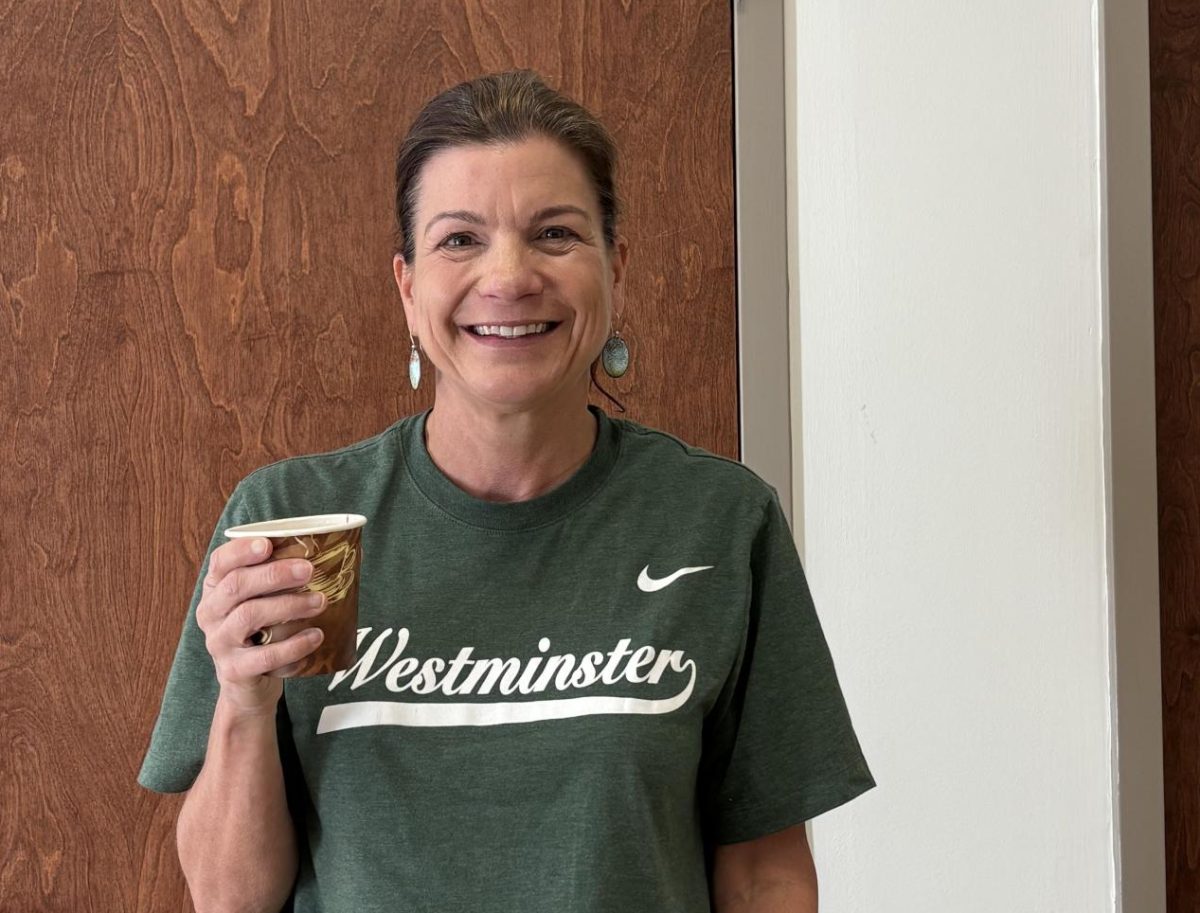This year, the learning strategist team in the Middle School expanded with the arrival of 24-year education veteran Cobi Shafe.
Shafe kicked off her career with helping kids when she worked with the Special Olympics. After 24 years of teaching at various places such as Avondale Estates, Dekalb County, and at schools in Park City, Utah, Shafe decided to become a learning strategist.
While looking for a change, but still wanting to stay in her main area of work, Shafe found her way to Westminster. She appreciates the extra time she gets out of the classroom and still getting to work with students. Shafe feels at home at Westminster, or as she puts it, “I couldn’t have written a better job description for myself,” she says.
However, she wasn’t completely new to working with kids who need academic support. Shafe used to work mostly in special education, predominantly with middle school students. Now, her new job requires reading psych reports and works with students, parents, and teachers.
Shafe grew up in Atlanta, and then went to college in South Carolina, where she played soccer. She knew since college that she wanted to work with students who need extra help, where she took a class called “The Behaviors of the Emotionally Disturbed,” and she found herself really trying to understand what people had been through. Afterwards, she was inspired to start working with the Special Olympics. Shafe’s interests began with adaptive sports and working with people with disabilities, which led her to working in the school system.
Although effective learning strategies vary between different students, Shafe says that the biggest thing she tries to teach students is to advocate for themselves. “It’s in every aspect of their life,” she says. “In class with the teacher, with me, with their parents, that’s the most important thing to me. And then everything else can work its way in.”
When having to work with students that may not learn the same way, Shafe claims that getting to know each of them individually can tell you a lot about what they need. “It’s more getting to know each student, and that’s what I’m really working on now, and then, figuring out the learning styles and how I can best support them,” she says.
Although Shafe is grateful for the flexibility to not be stuck in a room everyday, Shafe believes it’s harder to get to know all the kids. To interact and connect with the students more, she hangs around different locker commons.
The learning strategists are not only available for academic validation, but also serve as a source to talk about anything else. At the start of the year, Shafe mostly reached out to the students to schedule meetings, but as the year has progressed, several students have gotten more comfortable to reach out and schedule a meeting for themselves, proving that Shafe has gotten through to the students with her lesson about advocating for themselves.


